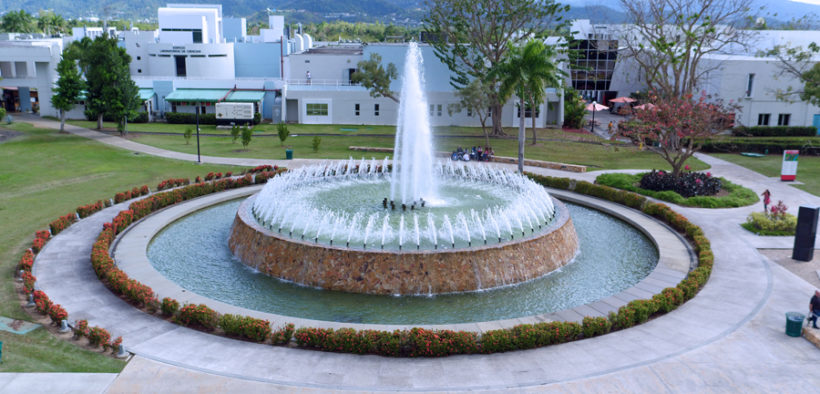Ana G. Méndez Gurabo campus gets $2.5M for energy research

The Ana G. Méndez University’s Gurabo Campus has received a $2.5 million federal grant to train Puerto Rico’s next generation of energy scientists, school officials announced.
Fundamental research and the potential for hydrogen to reshape future energy grids are at the heart of a new initiative called the Partnership to Increase Representation in Energy Research in Puerto Rico (PIRES-PR).
The program is a joint effort between the National Renewable Energy Laboratory (NREL) and Puerto Rico’s higher education institutions to help train the next generation of Puerto Rican energy scientists.
Funded by the Reaching a New Energy Workforce (Renew) initiative and sponsored by the Department of Energy’s Basic Energy Sciences program, the association’s goal is to help create “the diverse and inclusive clean energy workforce of the future.”
In the summer, students from Ana G. Méndez’s Gurabo and Cupey campuses, as well as students from the University of Puerto Rico’s Río Piedras, Cayey and Humacao campuses will visit the NERL, the only U.S. national laboratory 100% focused on renewable energy, to receive training on cutting-edge research in the field of electrochemistry.
At NREL, an interdisciplinary team of researchers will train undergraduate and graduate students in understanding and improving electrocatalysts, which are “key to producing cost-effective, efficient, and renewable hydrogen, which can then be used as a clean alternative to natural gas,” school officials said.
“When hydrogen and oxygen combine, they form water, and in a controlled environment, we can get energy from this combination. But to get enough to make the process economically viable, we need to develop materials called catalysts that facilitate these reactions,” said Lisandro Cunci, associate professor at the Ana G. Méndez Gurabo Campus and principal investigator of the PIRES-PR project.
“The main problem is that the best catalysts for these reactions are platinum and platinum group metals, which are scarce and expensive. The students involved in PIRES-PR will be working to understand how to develop replacements for these catalysts,” he said. “In turn, we hope to decrease their cost, so that we can increase the use of hydrogen fuel cells, which are an excellent clean alternative to fossil fuels.”
The PIRES-PR initiative has started at a crucial moment. With the support of the DOE and the Federal Emergency Management Agency, Puerto Rico committed to rebuilding its energy grid to generate 40% of its energy from renewable sources by 2025 and 100% by the 2050.
Energy scientists born and raised in Puerto Rico have had a strong stake in the island’s energy future and could help accelerate the application of new renewable energy technologies at the local level. Additionally, PIRES-PR will target underrepresented populations, including women, for research opportunities.












